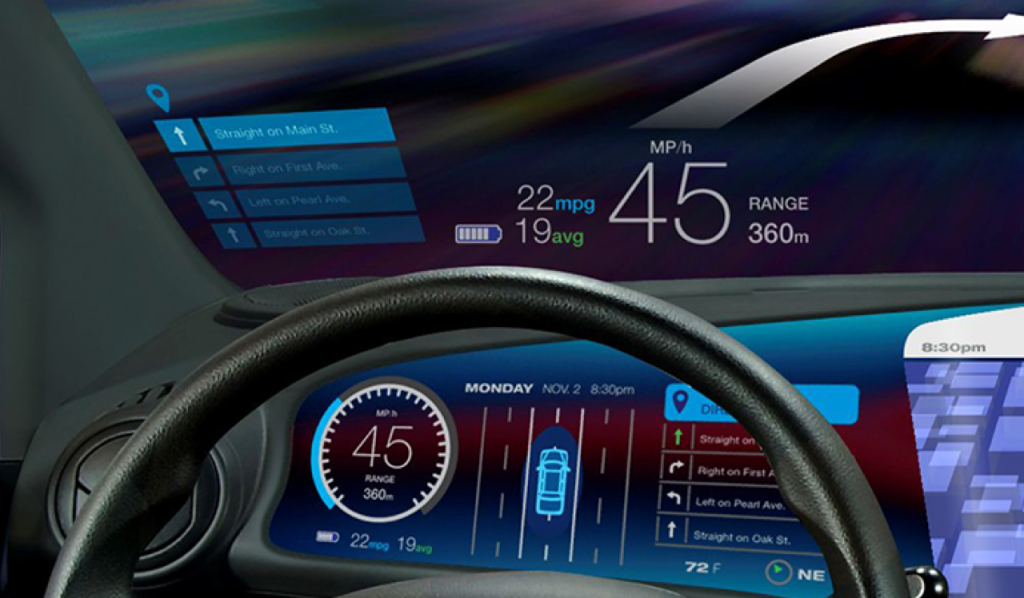Automotive Display Systems to Get Big, Then Bigger
Connected vehicle management coupled with the soaring demand for in-vehicle information and entertainment are expected to help drive the the global automotive display systems market to grow at a compound annual growth rate (CAGR) of more than 11 percent to $18.6 billion by the end of 2021.
This compares with approximately $9 billion in annual revenue in 2015, according to IHS Inc., an automotive information firm.
“The automotive displays supply chain will see some amazing growth and innovation through the end of the decade, as more vehicles debut new displays or standardize larger ones in the instrument cluster, center stack and head-up display systems,” said Mark Boyadjis, senior analyst and manager for Infotainment and HMI at IHS Automotive. “There is additional growth opportunity in lower volume display applications for rear seat entertainment, HVAC control panels, and new applications such as smart mirrors with full displays entering the market now.”
Global production volumes for factory-installed center stack and instrument cluster display systems are each estimated to grow by more than 40 percent over the forecast period, each surpassing 60 million units by 2021. Even higher growth rates are anticipated for the production of head-up display systems, which will exceed 65 percent, surpassing 6 million units annually in that same timeframe.
And, while the market grows, so does the size of the displays.
By 2021 automotive displays 7.0-inches and larger are forecasted to reach 33.5 million units, growing at a CAGR of nearly 10 percent, largely driven by the 8.0-inch size class. “Automotive display sizes are growing quickly to help support multiple infotainment, safety and vehicle system functions that require more screen real estate to inform drivers and passengers,” said Hiroshi Hayase, director for small medium display at IHS Technology. “Vehicles are designed with displays in mind, combining digital clusters, HUDs and center stack displays for a truly immersive experience for the driver.”
Increasing demand for infotainment functions, safety systems and vehicle electrification have persuaded OEMs to consider larger, more complex displays in the center stack, instrument cluster and other applications.
Category: Telematics













